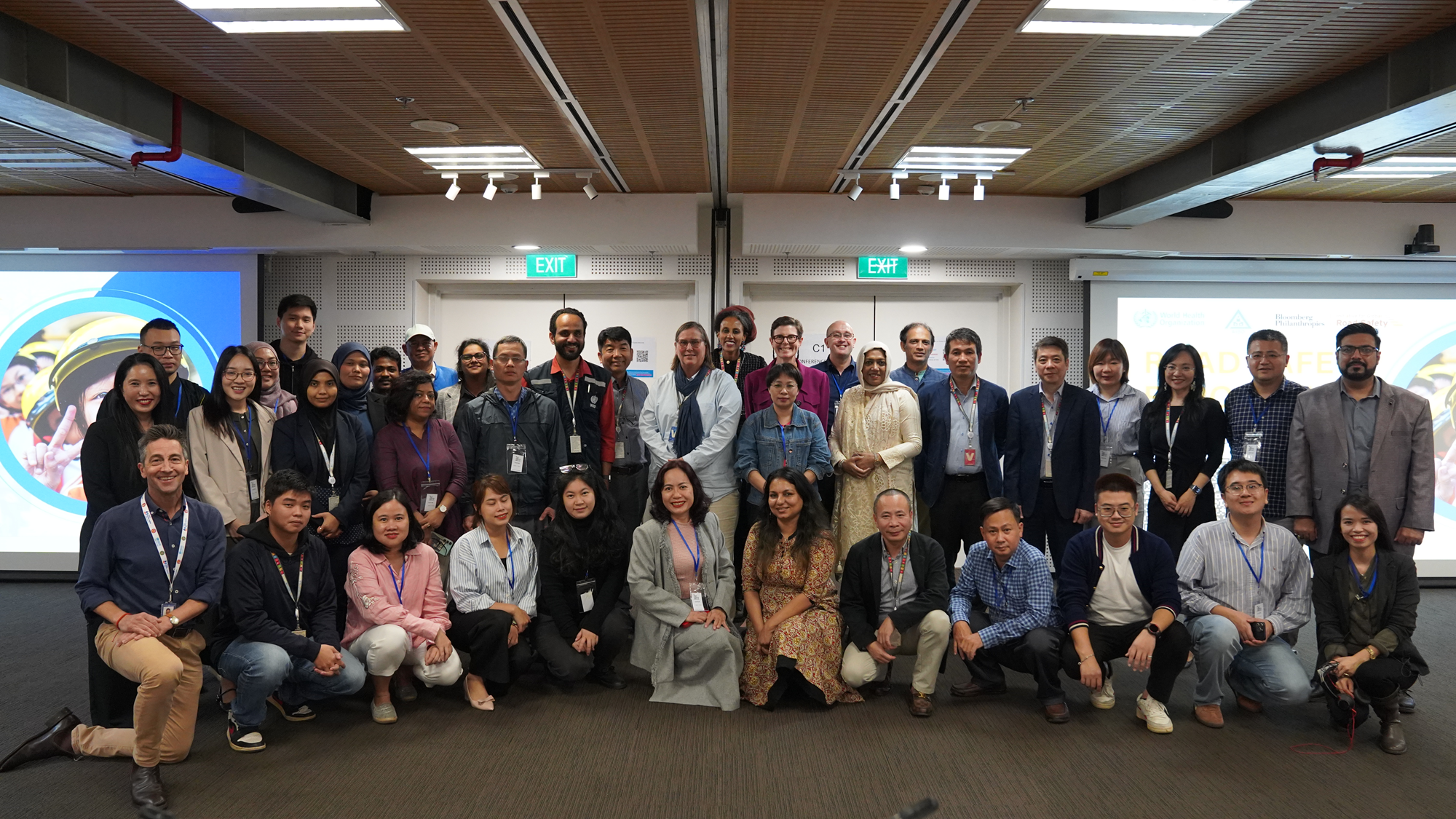
Digital Transition in Asia-Pacific
Transition to DTTB services is a complex process yet necessary for broadcasters to remain in business in the longer term. Broadcasters who delay digital switchover transition will lead to increased costs and loss of revenues.
Transition to DTTB services is a complex process yet necessary for broadcasters to remain in business in the longer term. Broadcasters who delay digital switchover transition will lead to increased costs and loss of revenues.
Ms. Sireerat Bunnag, Programme Officer, ITU Regional Office for Asia and the Pacific highlighted this message in her presentation at the Pre-Summit Workshop on Enhancing Digital Terrestrial Broadcasting Transition Experience in Kuala Lumpur on 25 May 2015.
She said ITU has assisted 24 countries for the development of roadmap reports for successful transition. Other areas of assistance cover the development of policy and regulatory framework and enhanced skills of concerned experts on the Digital Broadcasting Master Plan for the transition and technologies including interactive multimedia services, Mobile TV, Cable TV, Satellite TV and IPTV.
“More than 30 countries have yet to complete the digital transition,” she pointed out.
For a successful transition to digital television terrestrial broadcasting, Ms. Bunnag identified five requirements. These include strong leadership of government, firm decision of analogue TV switch-off date, close cooperation between regulator and industry, clear and timely developed regulatory framework and adequate information and assistance to the public.
“Decisions on the transition to digital broadcasting and the digital dividend are not only difficult at the national level, but also have to involve all neighbouring countries,” she said.
During the opening ceremony, Mr Amal Punchihewa, ABU Director for Technology, highlighted the slow readiness for digitalisation in the Asia Pacific region.
“Only Australia, Japan, Korea and New Zealand have completed the analogue switch-off, “he pointed out.
Mr. Chang Jin, AIBD Director, said broadcasters in the region face big challenges in dealing with the changeover from analogue to digital transmission. Among them were the need for impeccable planning and careful implementation, the fast changing digital technologies and tight budgets.
“Most of the countries have set five or ten year plans for digital switchover. These plans will be completed between 2015 to 2020. But uniformity of standards is absent,” he said.
He urged broadcasters to learn as much from the discussion and debate in the workshop and share knowledge with their colleagues in dealing with the transition issues needing resolution.
AIBD co-organised the workshop with ITU, ABU, and MIC-Japan.






